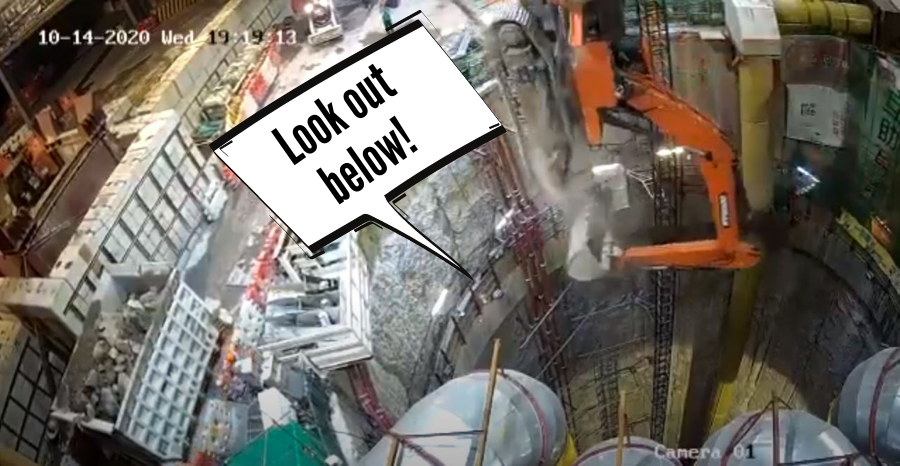One of the best parts (for me, anyway) of large developments that cost hundreds of millions of dollars being built is being able to learn about different construction methods that can reduce costs or deliver the project sooner than traditional methods. The Crown Sydney, a future 890 foot tall tower in Australia, is using a method called “top down construction” to shorten their project schedule and avoid additional hazards on the $740 million project.
When I first heard the term “top down construction,” I immediately thought of a recent project in Canada in which the roof was built first and hydraulic lifts were used to raise the roof as more levels were added. However, after learning more about it, calling the process the new Australian tower is using “top down” is a little misleading. It’s more of an “up and down method.”
In top down construction, the finished floor slap is completed first, which then allows the substructure (below ground) and the superstructure (above ground) to be worked on at the same time. Prior to excavation of the substructure, a retaining wall around the perimeter of the building footprint is installed along with other structural elements that will eventually support the full structure.
Following the installation of the foundation system, the ground floor slab is poured, leaving an area open to allow for equipment and spoil materials. Once the ground floor slab has reached sufficient strength, work then begins below surface and above surface at the same time.
In the specific case of the Crown Sydney tower, this construction method solved additional problems other than schedule, according to The B1M. The site on which the tower is being constructed was an environmental hazard due to it being used as an industrial plant in its previous life. By covering the footprint of the building first, it reduced the amount of soil exposed to the element and reduced the need to cover the contaminated areas.
As you’ll see in the video below, contractors building the Crown Sydney use a gantry crane to lift sealed containers of spoils above the surface and load them onto trucks to be transported off site. Workers on site do have to wear a high level of protective equipment due to the contamination, but are not exposed to the elements as they typically would be using traditional methods.
Full story: Sydney's Tallest Tower Built Using Top Down Construction | The B1M











On Tuesday morning, February 23, the Syracuse Fire Department responded to a call about a collapsed crane on a construction site near the university. Thankfully, no injuries were reported.